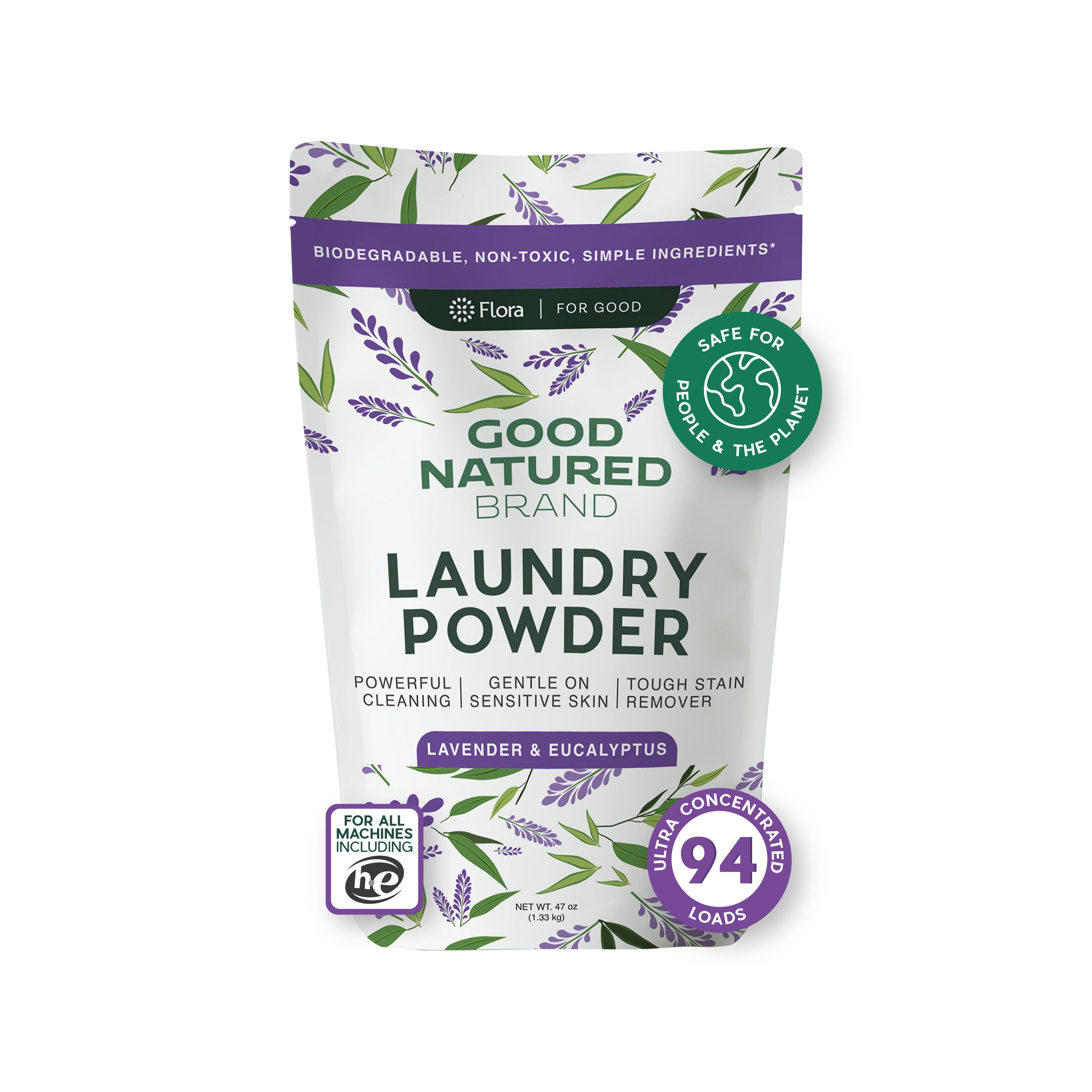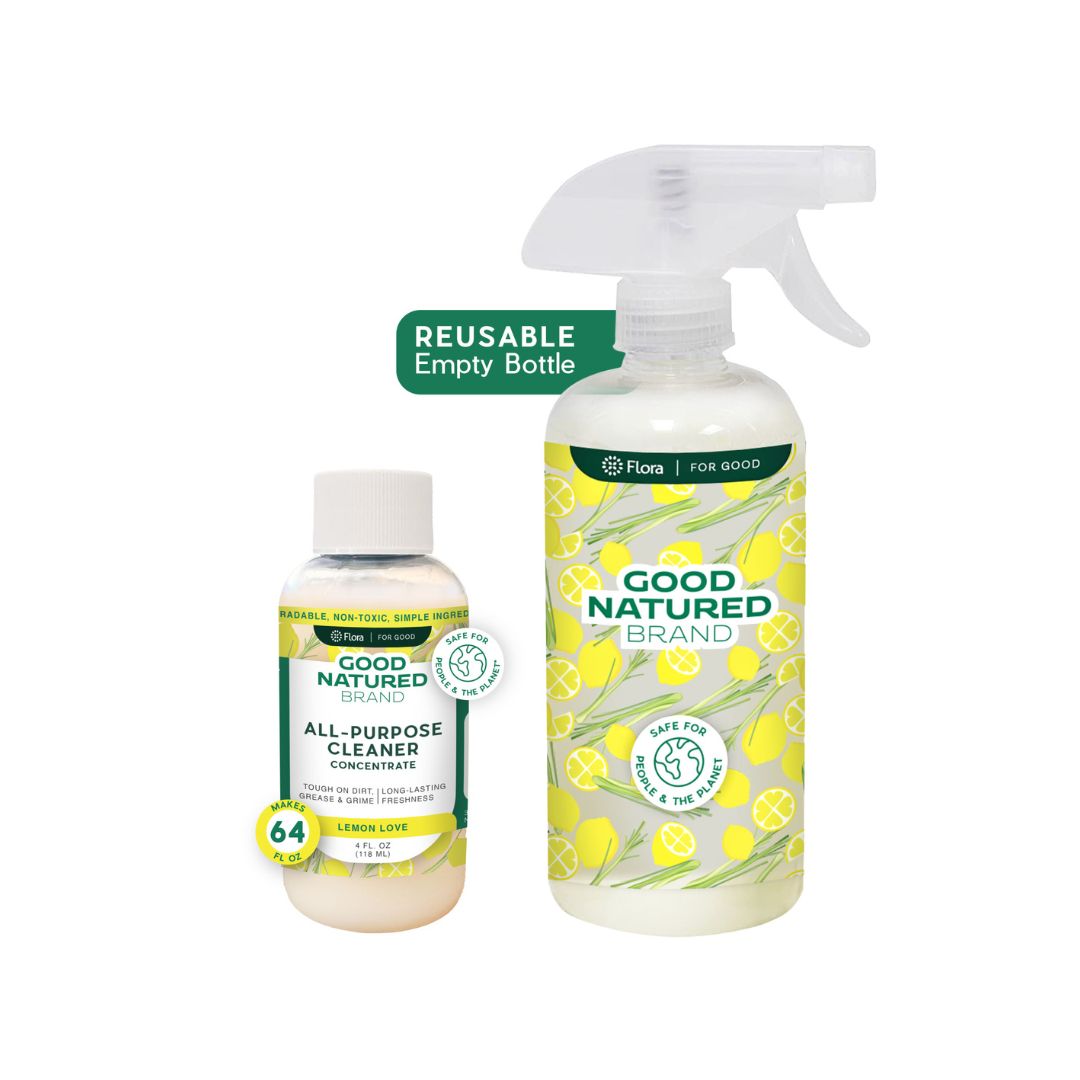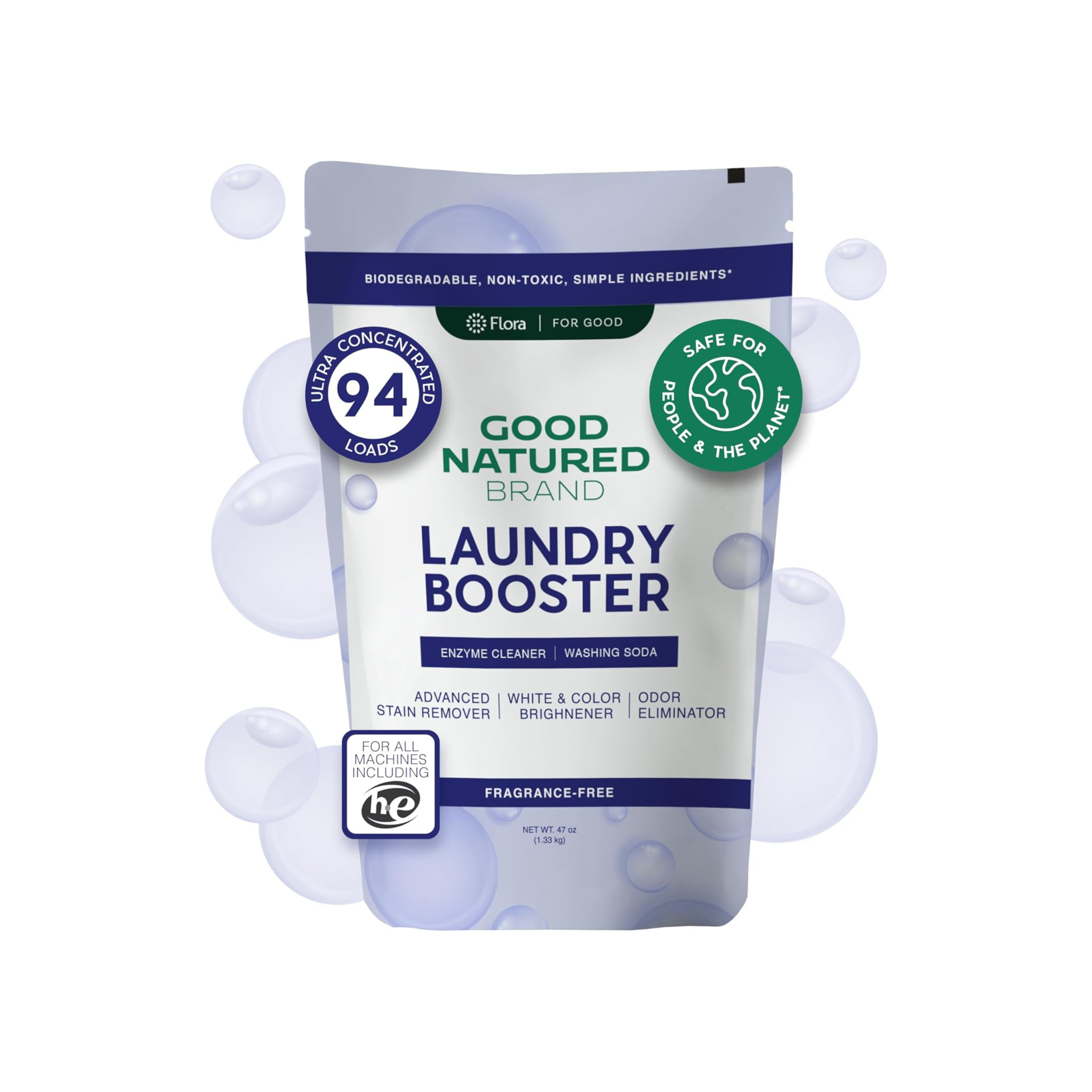Understanding Puppy Sleep Training
Welcoming a new puppy into your home is an exciting adventure filled with opportunities for bonding and learning. One of the essential aspects of raising a healthy, well-adjusted puppy is ensuring they get enough quality sleep. Just like human babies, puppies require proper sleep to thrive both physically and mentally. However, transitioning a puppy into a sleep routine can be challenging. This guide will provide you with the knowledge and tools necessary for effective puppy sleep training.
What is Puppy Sleep Training?
Puppy sleep training involves teaching your puppy to develop healthy sleep habits and routines. This process not only helps your puppy learn when and where to sleep but also fosters a sense of security and comfort in their environment. Establishing a good sleep routine is crucial for your puppy’s overall well-being, as it can help address behavioral issues, reduce anxiety, and promote better health.
Why is Sleep Important for Puppies?
Sleep is vital for puppies for several reasons:
-
Physical Development: Puppies grow rapidly during their first few months. Sleep supports this growth by allowing their bodies to rest and repair.
-
Mental Development: Just like human babies, puppies process experiences and learn during sleep. Proper rest aids in memory consolidation and learning new skills.
-
Behavioral Regulation: A well-rested puppy is less likely to exhibit hyperactive or destructive behaviors. Sleep helps regulate their mood and energy levels.
Signs Your Puppy Needs Sleep Training
Identifying when your puppy needs sleep training is key to starting the process effectively. Here are some signs that your puppy may be struggling with sleep:
-
Excessive Whining or Barking: If your puppy frequently vocalizes during the night, it may indicate discomfort or anxiety.
-
Difficulty Settling Down: Puppies that have trouble finding a comfortable position or frequently change sleeping spots may need guidance in establishing a sleep routine.
-
Overtiredness: If your puppy displays signs of hyperactivity or irritability, they may be overtired and in need of more structured sleep times.
Creating a Comfortable Sleep Environment
A comfortable and inviting sleeping environment is essential for successful sleep training. Here are some tips for creating the perfect space for your puppy to rest:
-
Choose the Right Location: Select a quiet, low-traffic area in your home for your puppy's sleeping spot. This helps minimize distractions and creates a sense of security.
-
Comfortable Bedding: Invest in a cozy bed that is appropriate for your puppy’s size. A soft, supportive bed encourages relaxation and comfort.
-
Maintain Cleanliness: Keeping the sleeping area clean is crucial for your puppy's health. Regularly wash bedding and use All Purpose Cleaners to sanitize the area. A clean space can prevent odors and promote a healthy environment.
Establishing a Sleep Routine
Consistency is key when it comes to puppy sleep training. Establishing a sleep routine will help your puppy understand when it’s time to wind down. Here’s how to create an effective routine:
-
Set a Regular Bedtime: Just like children, puppies thrive on routine. Choose a consistent bedtime and stick to it every night.
-
Incorporate Calming Activities: Before bedtime, engage in calming activities such as gentle play or cuddling. This helps signal to your puppy that it’s time to relax.
-
Bathroom Breaks: Ensure your puppy has an opportunity to relieve themselves before settling down for the night. This can help prevent accidents and ensure a restful sleep.
Crate Training as a Sleep Tool
Crate training can be a valuable aspect of puppy sleep training. A crate serves as a safe and secure space for your puppy, promoting comfort and relaxation. Here’s how to use crate training effectively:
-
Positive Association: Introduce the crate as a welcoming space. Use treats, toys, and praise to create positive associations with the crate.
-
Gradual Introductions: Start by allowing your puppy to explore the crate with the door open. Over time, gradually close the door for short periods while you are nearby.
-
Comfort Items: Place familiar items, such as a blanket or toy, inside the crate to help your puppy feel more at ease.
Common Sleep Training Challenges
Despite your best efforts, you may encounter challenges during the sleep training process. Here are some common issues and tips for overcoming them:
-
Whining in the Crate: If your puppy whines when placed in the crate, ensure they are comfortable, have relieved themselves, and are not in need of anything. It’s important to avoid letting them out while they are whining, as this can reinforce the behavior.
-
Separation Anxiety: Some puppies may struggle with separation anxiety. Gradually increase the amount of time your puppy spends in their crate while you are out of sight to help them adjust.
-
Accidents in the Crate: If your puppy has accidents in their crate, it may be a sign they need more frequent bathroom breaks. Ensure you are taking them out regularly, especially before bedtime.
Enhancing Your Puppy’s Sleep Quality
In the first part of our guide, we covered the foundational aspects of puppy sleep training, including the importance of sleep, signs your puppy may need training, and how to create a comfortable sleeping environment. Now, let’s focus on ways to enhance your puppy's sleep quality. This includes understanding sleep cycles, promoting healthy sleep practices, and using calming techniques.
Understanding Puppy Sleep Cycles
Puppies experience different sleep cycles, much like humans. Understanding these cycles can help you provide the best care for your puppy.
-
REM Sleep: During this phase, your puppy will be in a deep sleep, often accompanied by twitching or light barking. This is when dreams occur, and it’s essential for your puppy’s mental development.
-
Light Sleep: Puppies can easily be awakened during this phase. It’s crucial to allow them the space to transition between these stages without disturbance.
-
Awake Periods: Puppies will have periods of wakefulness where they are alert and active. Recognizing these cycles can help you time their play and rest periods more effectively.
Healthy Sleep Practices for Puppies
Establishing healthy sleep practices can significantly improve your puppy’s rest. Here are some strategies to implement:
-
Regular Exercise: Engage your puppy in play and exercise during the day. A well-exercised puppy is more likely to sleep well at night. Activities such as fetch, tug-of-war, or a simple walk can help expend their energy.
-
Mental Stimulation: Incorporate training sessions or interactive toys to stimulate your puppy mentally. This can tire them out mentally, leading to better sleep quality.
-
Consistent Sleep Schedule: Maintain a consistent schedule for your puppy’s sleep times. Puppies thrive on routine, and a predictable schedule helps them know when it’s time to settle down.
Using Sound and Scent to Aid Sleep
Creating a calming environment can significantly impact your puppy's ability to sleep well. Here are some techniques that can help:
-
Soothing Sounds: Consider using soft music or white noise machines to create a calming atmosphere for your puppy. These sounds can drown out any disruptive noises that might startle them awake.
-
Calming Scents: Utilize calming scents to enhance your puppy's sleep environment. Natural fragrances such as lavender are known for their soothing properties. You can use Room and Linen Sprays infused with these scents to create a peaceful sleeping area for your puppy.
Monitoring Your Puppy’s Sleep Progress
As you implement these strategies, it’s essential to monitor your puppy’s sleep patterns and overall behavior. Keeping a sleep log can help you identify changes over time and adjust your training methods as needed.
-
Track Sleep Duration: Note how long your puppy sleeps each night and whether they wake frequently. This can help identify any potential issues that may need addressing.
-
Observe Behavior Changes: Look for any changes in your puppy’s behavior due to sleep quality. Are they more energetic during playtime? Are they less anxious? Positive changes can indicate that your training methods are effective.
Maintaining a Clean Sleeping Area
A clean and hygienic sleeping environment is crucial for your puppy’s health and comfort. Here are some tips to maintain cleanliness:
-
Regular Cleaning: Use eco-friendly products like Laundry Powders to wash your puppy’s bedding regularly. Keeping their sleeping area clean helps prevent odors and bacteria buildup.
-
Use Carpet Deodorizers: For areas where your puppy spends a lot of time, such as carpets, consider using Carpet Deodorizers to eliminate smells and keep the environment fresh.
-
Routine Maintenance: Establish a routine for cleaning the sleeping area, including vacuuming and washing soft furnishings. This not only keeps the space clean but also helps your puppy associate their sleeping area with comfort and safety.
Celebrating Sleep Successes
As you progress through the sleep training process, celebrating small victories can reinforce positive behaviors in your puppy. Here’s how you can celebrate and encourage your puppy:
-
Rewards: Use treats and praise as rewards when your puppy sleeps well or follows the sleep routine you’ve established. This positive reinforcement strengthens the connection between good sleep habits and rewards.
-
Create a Positive Atmosphere: Use calming techniques, such as gentle petting and soothing words, to create a positive environment. This helps your puppy associate sleep time with comfort and safety.
Conclusion
Training your puppy to sleep well is an essential aspect of their development and well-being. By understanding sleep cycles, promoting healthy sleep practices, and maintaining a clean sleeping environment, you can ensure your puppy gets the rest they need to thrive.
For more tips on puppy care and eco-friendly products, explore our resources at Good Natured Brand. Don't forget to check out our products, such as Carpet Deodorizers, Laundry Powders, and All Purpose Cleaners, to help maintain a clean and healthy environment for your puppy.
With patience and consistency, you can create a peaceful sleeping routine that benefits both you and your puppy. Happy training!


















